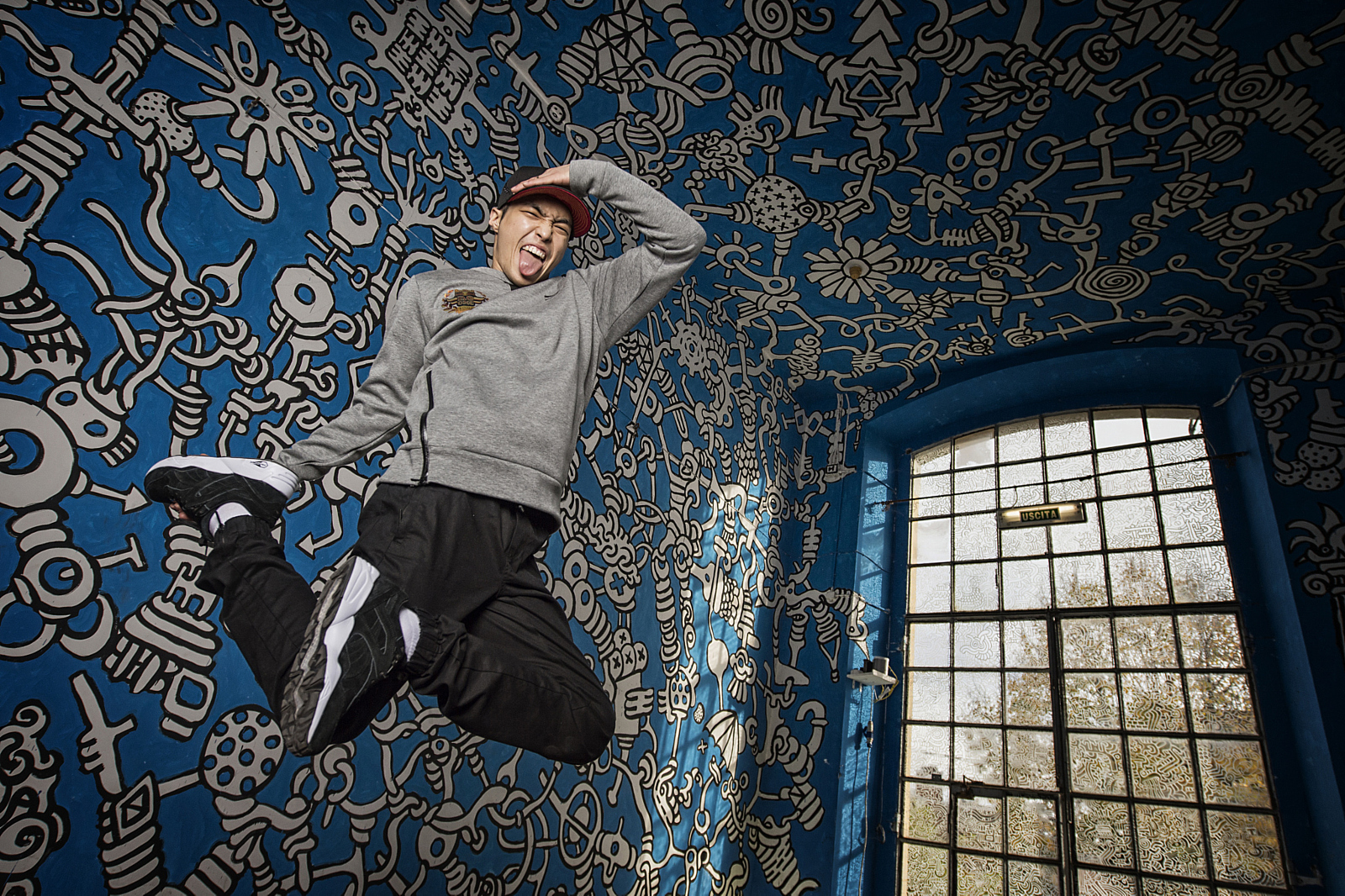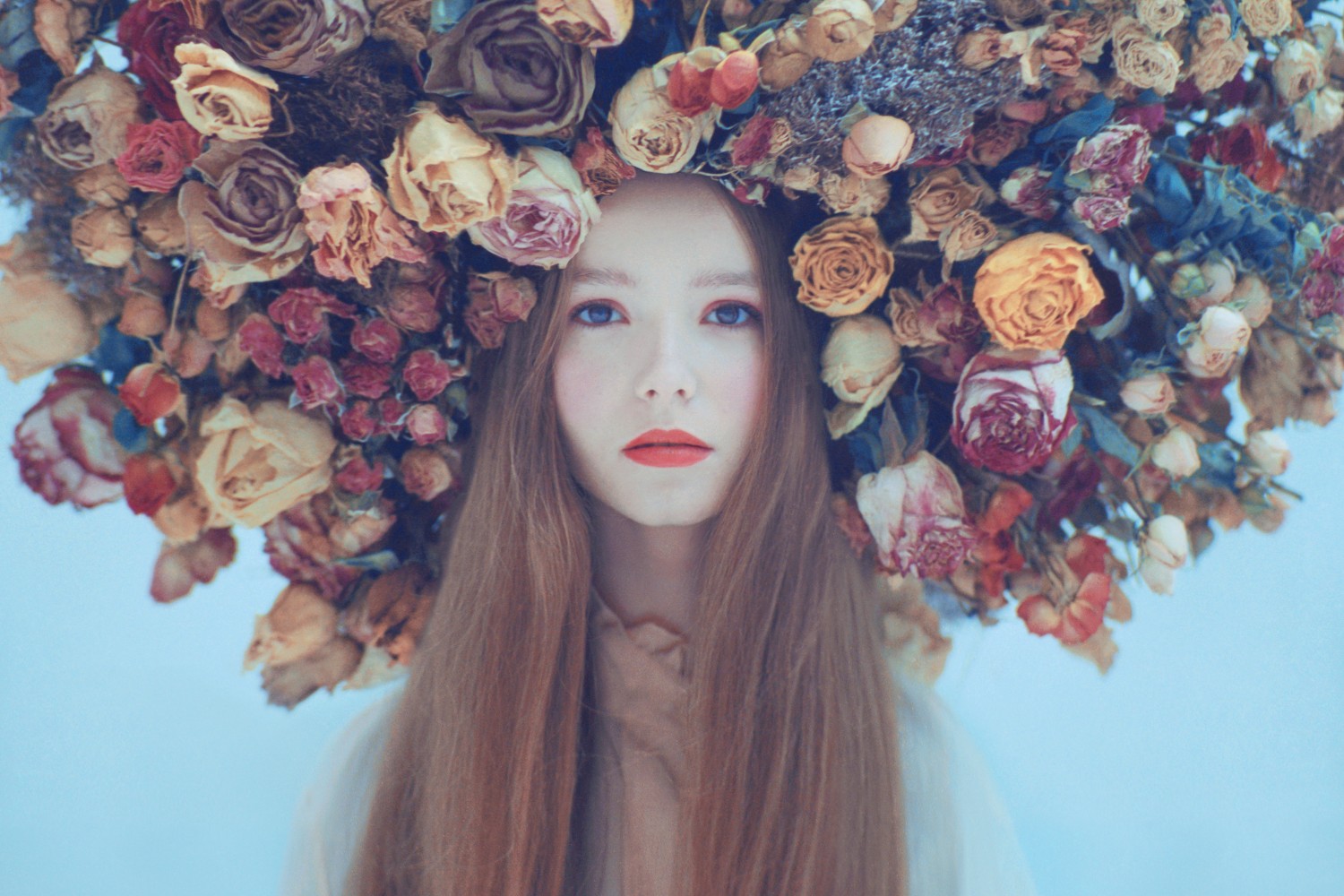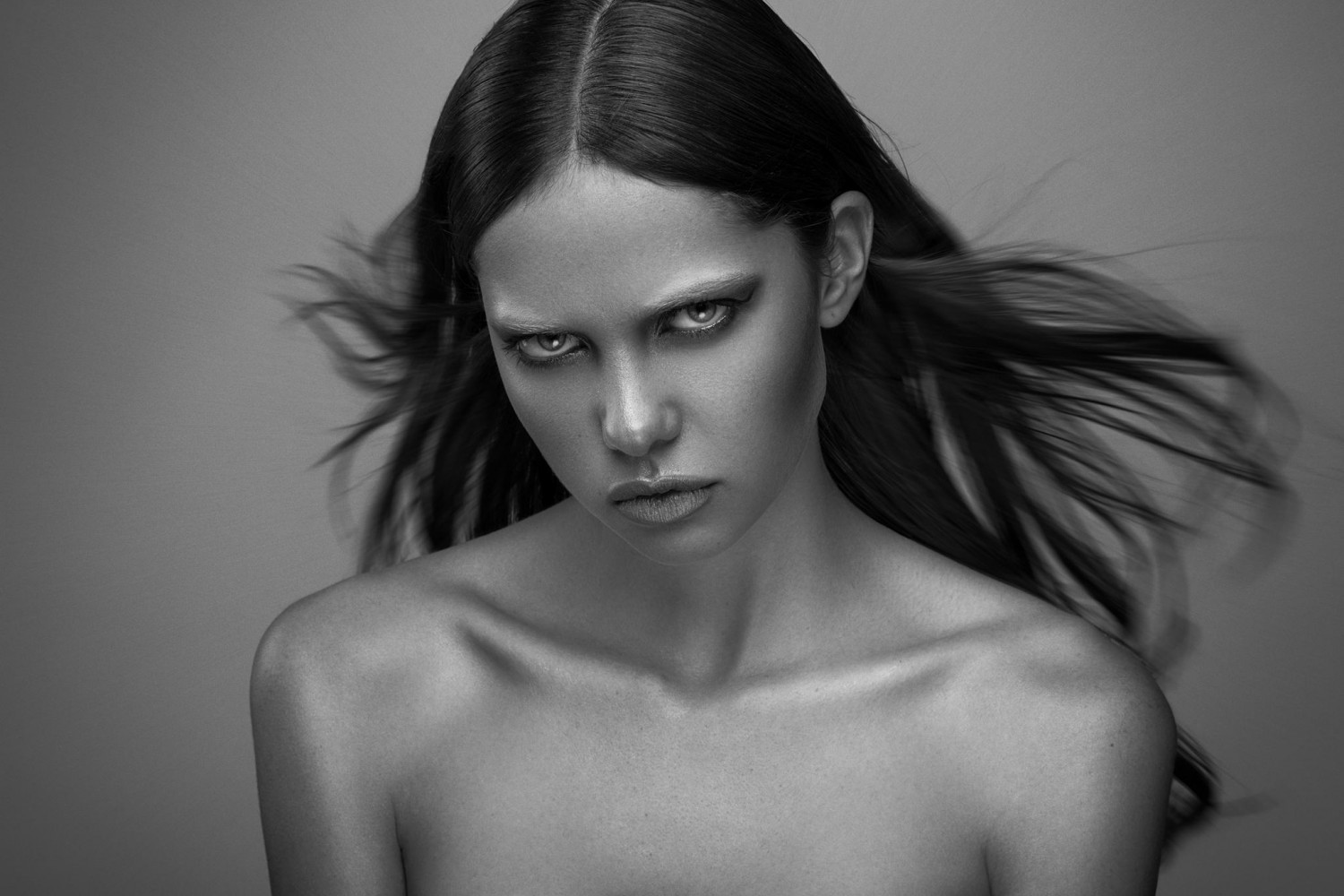Red Bull Photography recently joined our community with a verified brand profile of their own. This partnership isn’t just about amazing photography — it’s also about amazing stories. Behind every shot on Red Bull Photography is a talented photographer, a wild story, and a few lessons learned. We’ll be telling those stories every week here on 500px ISO and the Red Bull Photography website.
It has nothing to do with lighting or using a camera. It’s not even about choosing a pose or location. For a portrait photographer, their most essential trait is to be a ‘people person.’
We should clarify a little here: by portrait photography, we are not talking about pictures involving models, who pretend to be someone else and act the part that’s required. We mean portraits that get under the sitter’s skin and show something of their character. To do that a photographer needs to develop a relationship with their subject, establish a partnership that both will work on to produce an intimate result.
Most commonly, this relationship will be used to overcome nerves. Many athletes, musicians, actors and other public figures may be ‘camera shy,’ which can come across as awkwardness, arrogance or unfriendliness – not something anyone wants to see in a portrait. But by reassuring a subject that they are safe in a photographer’s hands – that they won’t look foolish but will, in fact, look beautiful and genuine – photographers can make improvements to an image that are way beyond what they could do with camera techniques.
Interpersonal skills are not just useful to overcome nerves either. To get a portrait that captures the real essence of a subject’s character, a photographer often needs to see behind the defensive ‘mask’ that a subject wears. This is a common issue with public figures who have an image to maintain.
Take for example the most famous portrait of Winston Churchill ever produced and one of the most widely reproduced photographers ever. Yousuf Karsh, who shot the picture in 1941, says in his book that Churchill was not in the mood for portraiture and allowed just two minutes for the picture.
He adds: “Churchill’s cigar was ever present. I held out an ashtray, but he would not dispose of it. I went back to my camera and made sure that everything was all right technically. I waited; he continued to chomp vigorously at his cigar. I waited. Then I stepped toward him and, without premeditation, but ever so respectfully, I said, ‘Forgive me, sir,’ and plucked the cigar out of his mouth. By the time I got back to my camera, he looked so belligerent he could have devoured me. It was at that instant that I took the photograph.”
A risky approach, but by interacting with his subject in such a way Karsh managed to provoke a reaction that was not the one that Churchill meant to give, and in the process captured a more authentic side of the man.
Or consider the legendary Irving Penn. On learning that a celebrity subject was resisting opening up for a portrait, Penn acted clumsily, fumbling his camera and dropping his remote release. When the subject sat back exasperated, asking ‘who is this guy,’ Penn pounced and got the picture he was looking for: his subject off-guard and not pretending to be anyone other than himself.
Another photographer famous for valuing interpersonal talent over technical skills was Jane Bown, who shot for the UK’s Observer newspaper. Bown’s famously non-threatening personality relaxed the most hardened of subjects, enabling her to capture their real characters on film, sometimes to their complete surprise.
Bown was also famous for her technical simplicity, using just a 50mm lens and usually 1/60 sec at f/4, and shooting in daylight when she could (if it was too dark she’d borrow her picture editor’s desk lamp).
Now photography is more complicated, perhaps necessarily so since the demands on a photographer’s time are also more complex. But it’s important not to forget that good portraiture is a collaboration between the photographer and the subject, and the best practitioners of it are those that can quickly form a relationship with their sitter and maintain it for the remainder of the shoot.
As the great Edward Steichen once said, “A portrait is not made in the camera, but on either side of it.”
Headline photo: Johh Ho Leon Kim performing in Rome, Italy / Red Bull Photography








Leave a reply